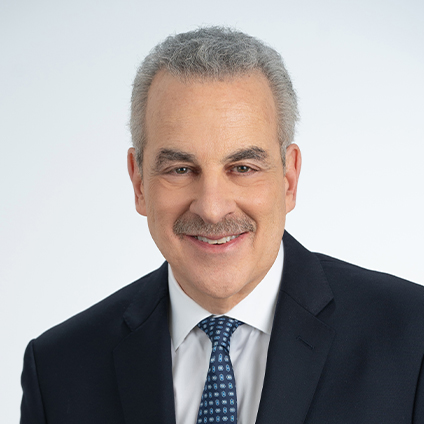Blog
What Kids (and Parents) Will Learn From ‘Inside Out’
What’s going on inside the brain is a mystery to many of us. The brain doesn’t come with an owner’s manual, and it’s up to each of us to figure out how to work with what we’ve got. Learning how to navigate our emotions is one of the major lessons of childhood, in fact, and something that nearly all children struggle with at some point. So I was overjoyed to see Disney’s latest Pixar movie, Inside Out, which takes place almost entirely inside an 11-year-old girl’s brain. For all of the criticism directed at the movie industry for its questionable moral standards, Hollywood is at its best when it creates compelling, engaging content about complex topics. Inside Out does exactly that.
The movie is about a girl named Riley who moves from Minnesota to San Francisco because of her dad’s job. Moving is hard for everyone, but for a child a change like that can feel catastrophic—Riley is leaving behind her house, her friends, her hockey team, even the pond where she skates every winter. We see Riley and her parents struggling to adapt to their new surroundings, but in a novel twist the characters getting most of the screen time in Inside Out are Riley’s personified emotions—Joy, Fear, Disgust, Anger, and Sadness. We watch as her emotions try to run the control center in her brain—they call it Headquarters—and see the chaos that ensues when different emotions take over. Part of the charm of the movie is that it takes some of the mystery and fear out of our emotions and imagines what a stressful moment might look like inside our brains.
Kids will enjoy the movie, which is partly an unlikely buddy comedy and road trip starring Joy and Sadness. But if you’re a parent you’ll appreciate the wonderful lessons that are built into the plot. We tend to think of childhood as a mostly happy time, but of course children experience an intense range of emotions. Inside Out lets kids—and adults—know that all of our feelings are okay, even the ones that don’t feel very good at the time. In fact, the unexpected hero of Inside Out is Sadness. When Riley is struggling to cope with the move everyone at Headquarters assumes that Joy will come to the rescue, but it isn’t until Riley is allowed to face her sadness that things begin to improve. And perhaps most importantly, the secret to feeling better for Riley is speaking up and telling someone how she feels. For most of the movie Riley tries to be brave and hide that she’s struggling from her parents, but she eventually learns that keeping her emotions hidden doesn’t help.
In the end Inside Out is a movie about growing up, too. We see the control panel in Riley’s brain expand after she learns how to embrace her emotions and talk about how she’s feeling. We can see that she is maturing, and ready for the new demands that she will be facing. Parents will find it reassuring and poignant. Kids will laugh at the joke about her newfound interest in boy bands and the looming prospect of puberty. With Inside Out everyone will walk away happy—but know that feeling sad is okay, too.
Harold Koplewicz, MD, is the founding president of the Child Mind Institute. This piece was originally published on Parents.com.

